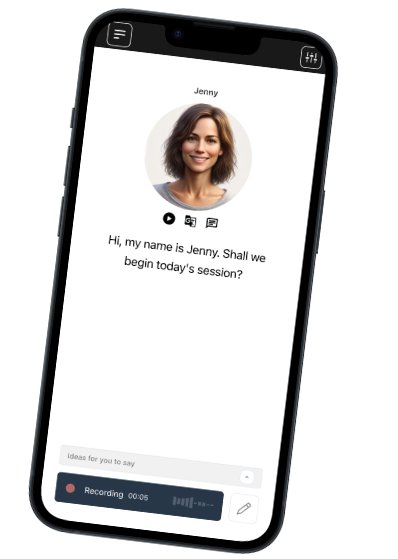Founded in Denmark. We respect your privacy.
Join a worldwide community of language learners
Cultural Insight and Language Learning
Last updated on
Language and culture are deeply intertwined. Learning a language without understanding the cultural context in which it is used can lead to gaps in comprehension and communication. Culture influences the way we express ourselves, shaping idioms, humor, politeness, and even sentence structure.
1. Understanding Idioms and Expressions
Many expressions are culture-specific, and literal translations often make little sense. For example, English idioms like “break the ice” have no equivalent in other languages without understanding the cultural context. By learning a language with a focus on cultural insights, learners can grasp these nuances better and use them appropriately.
2. Cultural Norms and Politeness
Different cultures have varying expectations around formality, politeness, and social hierarchies. For instance, in many Asian languages, addressing someone requires understanding their age, status, or familiarity. In Japanese, verbs and expressions change depending on the level of formality. Learning these cultural elements is essential for fluent and respectful communication.
3. Non-Verbal Communication
Cultural insight also includes understanding body language, gestures, and communication patterns that are common in a specific region. In some cultures, direct eye contact is a sign of confidence, while in others, it can be considered rude.
4. Language as a Window to Worldview
Language is a reflection of how people see the world. For example, certain languages have multiple words for specific concepts like “snow” in Inuit languages, indicating its importance in that culture. Similarly, Spanish differentiates between “ser” and “estar” for two kinds of “to be,” which reflects nuanced views on existence and temporality.
5. Learning through Immersive Experiences
Experiencing a language in its cultural context, either by traveling or using AI-driven platforms that simulate cultural conversations, deepens language acquisition. AI tools, like Talkio, can include culturally relevant scenarios to help learners practice language as it is truly spoken in context, from casual conversations to formal interactions.
Conclusion
Language learning goes beyond vocabulary and grammar; it involves understanding the cultural framework that shapes how the language is used. Whether through real-life interactions or AI platforms designed to include cultural contexts, incorporating cultural insights is essential to truly mastering a language.
Talk Your Way
to Fluency

Talkio is the ultimate language training app that uses AI technology to help you improve your oral language skills!
Try Talkio

